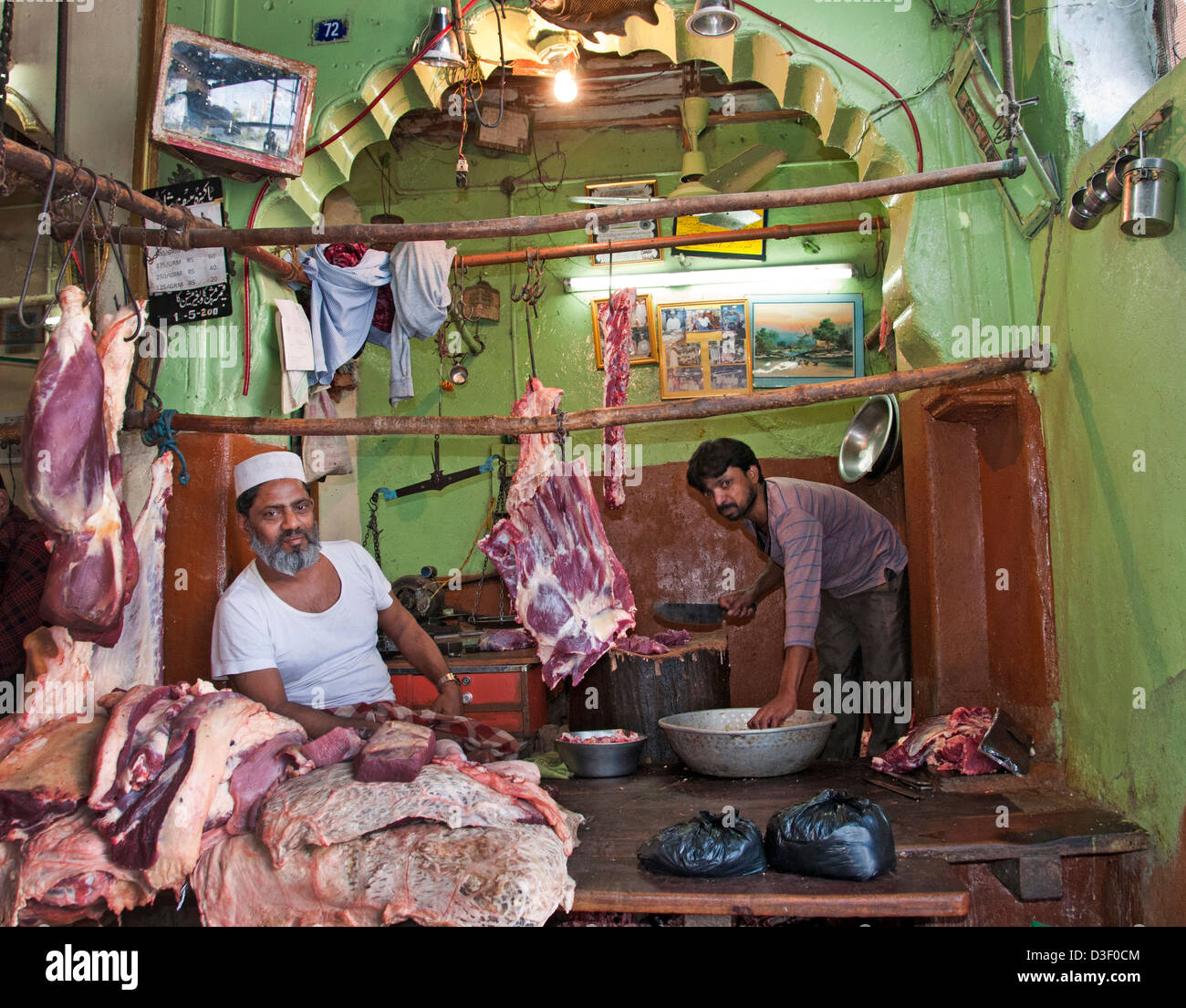From Ranch to Table: Embracing the Practice of Meat Markets and Butcheries
In a period dominated by benefit and mass manufacturing, there exists a peaceful revolution taking place in the cooking world - a return to the origins of food sourcing through the tradition of meat markets and butcheries. These facilities, commonly neglected in the shadow of supermarkets, are experiencing a resurgence as critical consumers look for high quality, traceability, and a connection to the origins of their food.
The Renewal of Meat Markets
The revival of meat markets throughout different areas shows a change towards a restored appreciation for in your area sourced, quality meats. Over the last few years, consumers have become a lot more aware of the beginnings of their food, bring about a growing need for openness and sustainability in the meat industry. This trend has paved the way for the revival of typical meat markets and butcheries, where clients can straight communicate with well-informed butchers and source their meat from neighboring farms.
Among the vital driving factors behind this renewal is the desire for higher high quality and fresher items. By buying meat from regional markets, consumers can make certain that they are obtaining fresh cuts that have actually not taken a trip cross countries or been resting in storage for extensive periods. Additionally, sustaining regional meat markets assists strengthen the neighborhood economic situation and advertises area connections.
Furthermore, the rebirth of meat markets straightens with the wider activity towards supporting small farmers and lasting farming techniques. By selecting to purchase from these facilities, customers are not just improving high quality meat however likewise adding to an extra eco-friendly and moral food system.
Craftsmanship in Butcheries
With the renewal of meat markets emphasizing top quality and sustainability, the emphasis moves towards identifying the complex workmanship displayed in modern-day butcheries. Craftsmanship in butcheries goes past simply cutting meat; it symbolizes an ingrained practice of know-how and precision in dealing with different cuts of meat - Bagley Farms Meat Market. Butchers, commonly educated for several years, have a wide range of understanding on the anatomy of animals, knife skills, and the art of damaging down carcasses efficiently
In modern-day butcheries, craftsmanship is obvious in the means butchers meticulously source their meat, making certain high requirements of top quality and moral techniques. They take pride in comprehending the provenance of the meat they offer, working closely with regional farmers and suppliers to supply customers complete transparency and traceability.

Locally Sourced Meat Quality
Amid the expanding interest in lasting practices, a concentrate on in your area sourced meat high quality has actually become significantly popular in the meat market sector. Consumers are progressively seeking openness in the sourcing and manufacturing of their meat, resulting in a surge sought after for in your area increased and refined meats.
Locally sourced meat offers various benefits, including fresher items, support for regional farmers, and reduced ecological influence as a result of lowered transportation distances. By purchasing meat from close-by ranches and butcheries, customers can have much more confidence in the high quality and safety and security of the items they are purchasing.
In addition, locally sourced meat commonly originates from animals that have actually been raised in extra gentle problems, with a concentrate on animal well-being and lasting farming practices. This ethical strategy to meat manufacturing resonates with several consumers that are worried concerning the origins of their food and its effect on the environment.
Farm-to-Table Shopping Experience
In the realm of locally sourced meat quality, the farm-to-table buying experience supplies customers a direct connection to the beginnings of their food. This unique purchasing experience allows consumers to trace the trip of their meat, from the ranch where the pets were elevated to the table where it will be delighted in. By participating in farm-to-table buying, individuals can obtain a much deeper understanding of the farming techniques, pet welfare criteria, and sustainability initiatives entailed in producing their meat.

Tradition Fulfills Modern Culture


The convergence of standard meat markets and butcheries with modern society provides an one-of-a-kind possibility for the conservation of artisanal methods in a contemporary context. While contemporary innovations have transformed different sectors, the significance of traditional meat markets and butcheries continues to be deeply rooted in background and workmanship. This mix of practice and modernity enables the continuation of time-honored techniques while adapting to the requirements and preferences these days's customers.
In today's fast-paced globe, where ease typically overtakes top quality, there is an expanding gratitude for the heritage and authenticity that traditional meat markets and butcheries provide. Consumers are increasingly seeking openness in the sourcing and manufacturing of their food, leading them back to the personalized solution and experience found in these facilities. In addition, the emphasis on sustainability and moral practices aligns with the values promoted by many conventional meat markets and butcheries, promoting a sense of neighborhood and duty towards the setting.
As culture remains to progress, the coalescence of tradition and modernity in meat markets and butcheries not just makes certain the conservation of artisanal practices but also enhances the culinary landscape with a blend of heritage and innovation.
Conclusion
In conclusion, the tradition content of meat markets and butcheries is experiencing a resurgence in modern-day society. These facilities provide in your area sourced meat of high top quality, giving a farm-to-table buying experience for consumers.
In an age dominated by comfort and mass production, there exists a peaceful transformation taking area in the culinary useful source globe - a return to the roots of food sourcing through the custom of meat markets and butcheries.The resurgence of meat markets across different neighborhoods suggests a shift in the direction of a restored recognition for locally sourced, high quality meats.With the renewal of meat markets stressing quality and sustainability, the focus changes in the direction of recognizing the elaborate workmanship showed in modern-day butcheries. Craftsmanship in butcheries goes beyond just reducing meat; it symbolizes an ingrained practice of know-how and accuracy read more in dealing with different cuts of meat.In today's fast-paced world, where convenience typically outdoes top quality, there is an expanding gratitude for the heritage and credibility that standard meat markets and butcheries offer.